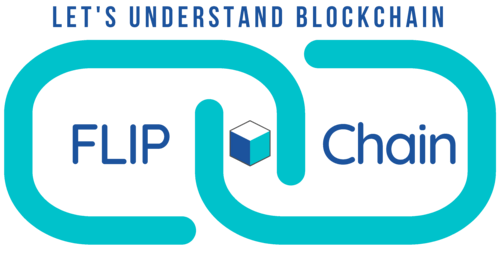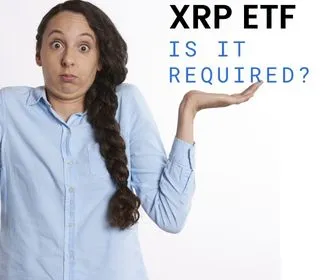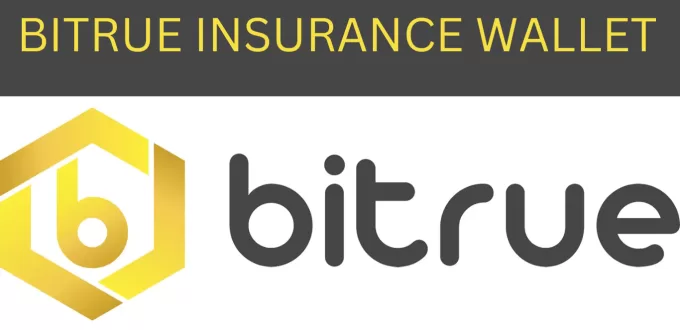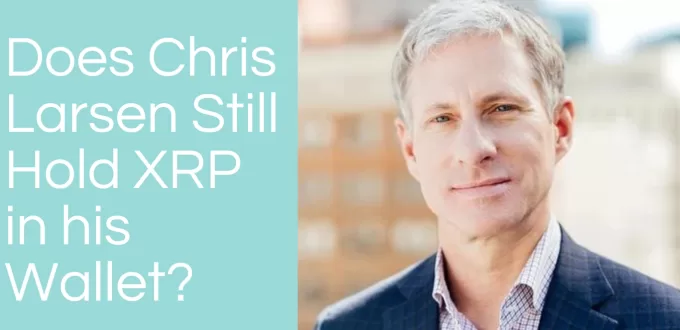While the Security Exchange Commission (SEC) is still deciding the fate of the Bitcoin Spot ETF fund, the market has already started rumoring about XRP ETF. Big investment houses like JP Morgan, Grayscale, Blackrock, ARK Investment, etc, are actively engaged with SEC and Commissioner Gary Gensler to get approval for launching spot Bitcoin ETF for its investors. In the glimpse of this engagement, market analysts expect these fund houses to launch Ethereum and XRP ETF too.
Is XRP ETF Required?
It is quite clear that XRP ETF will pour in, floods of money into XRP’s market cap. This will eventually increase the price of XRP. However, the million-dollar question is, does the market require an ETF for XRP?
Let’s try to analyze below: –
1) XRP’s Use Case
There are more than 23,000 cryptocurrencies however the majority of these do not have even a basic use case. Most of these are pure speculation-based crypto coins and operate a pump-and-dump market.
XRP on the other hand has an amazing use case. It is used as a bridge currency in cross-border payments. Cross-border transactions done using XRP can be completed within 3 seconds.
Central banks, the International Monetary Fund, the Bank of International Settlements, and the World Bank have acknowledged the use case of XRP through various press releases and white papers.
Various banks in Japan (SBI), India (Kotak Bank, Yes Bank), Africa, Singapore, Europe, and UAE are already onboard Ripple’s technology and have the setup to execute cross-border transactions using XRP.
A product, with a valid use case that is solving a real problem in the market is bound to be a big success. XRP is solving the 7 trillion-dollar remittance problem globally and therefore is bound to be priced well.
2) SEC Vs Ripple Case
Even though XRP has a valid use case, majority of the banks like Bank of America, MoneyGram, who are aware of XRP’s use case, want to stay away from XRP for the time being. The reason being an ongoing SEC vs Ripple Case.
Securities and Exchange Commission (SEC) has enforced a case on Ripple. The acquisition are that Ripple sold XRP as unregistered securities to institutional and retail investors.
Recently the New York court ruled in favor of Ripple. As per the ruling the sale of XRP to retail investors is not deemed a security. However, the decision on the security status of XRP sold to Institutional Investor is still pending. The schedule for the Institutional Investor Ripple case is shared below.
Once the court case is resolved, Ripple will become too busy to sign deals with the banks and exchanges.
3) ODL and Patent
Ripple holds a patent for On-Demand Liquidity (ODL).
Banks have trillions of dollars deposited in the correspondent bank’s nostro and vostro accounts. The amount present in these accounts is used to execute cross-border payments. ODL helps in solving the problem of trapped capital in these nostro and vostro accounts.
Let’s see how XRP helps in doing away with the need of Nostro and Vostro accounts.
With ODL, the banks can leverage XRP, on demand (held by third-party organizations) for cross border payments. After executing the cross border payments, the leveraged XRP are sent back to the ODL.
The banks just need to pay the FX and service cost (including the fraction of XRP burned during the transaction). The bank get a week’s time from ODL to clear the invoice for FX and service.
Therefore, ODL not only helps the banks get richer by recalling their unused capital from the correspondent bank but also helps banks gain an extra week of liquidity, which is quite important for any business.
Are Enough Number of XRPs available for ODL?
Further, the number of XRPs available for ODL is not enough looking at the 7 Trillion Dollar cross-border payment market. For the cross-border transactions using XRP, to be efficient, the price of XRP needs to be sufficiently high. Let’s understand it with the help of an example.
Mr. A wants to transfer 1 million dollars from the US to Mexico. If the price of XRP is 1 Dollar, the ODL shall need to leverage 1 million XRPs for one transaction. It means that while this transaction is getting executed, the locked 1 million XRPs, can’t be used for any other transaction. Assume the ODL owns only 1 million XRP. In such a case, the new transactions will be halted till the 1-million-dollar transaction gets completed.
However, consider a scenario where the price of 1 XRP is 10,000 Dollar. Now, ODL shall need to leverage only 100 XRP. This implies that the remaining XRPs with the ODL can be efficiently used for the new cross border transactions, parallelly, without any halt.
So, once the adoption of XRP starts and ODL corridors start going live with cross border transactions, the price of XRP shall increase considerably to execute transactions efficiently, without any halt.
4) Stable Price
The World Bank has recognized XRP as a stablecoin in its 2021 white paper on Central Bank Digital Currencies for Cross Border Payments.
There are 2 ways an asset can have a stable price.
The first way is by backing the digital asset by a stable asset like Dollar or Gold. XRP is currently not backed by any of these assets. Further there are no market indications pointing to this possibility in the future.
The second way for an asset to have a stable price is to have a high base price. For example, if the price of XRP is 1 dollar, a whale investor can easily buy and dump a million XRPs and manipulate the market price of XRP.
However, if the price of XRP is high, for example $50,000. Now for the same investor to move 1 Million XRPs, he/she shall need to shell out 50 billion dollars.
This is the reason, why at a higher price, it will be difficult to manipulate the price of XRP and thereby it shall have a Stable Price.
5) Tokenization of Securities, Derivatives, Gold & Real Estate start happening on XRPL
XRP ledger is quite capable of tokenizing the physical and digital assets in the form of NFT tokens and presenting them on the blockchain.
The journey of a token on the XRP ledger involves various transactions such as:-
a) creation of a tokenized asset
b) buying/selling the tokenized asset
c) transferring the tokenized asset from one owner to another, and
d) converting it into fiat currency.
To facilitate these transactions, XRP coins are used and burned. This means that as the volume of tokenization increases on the XRP ledger, so will the demand for XRP increase.
As per Ripple’s David Schwartz, the tokenization of assets is a 30 trillion Dollar market. Even if Ripple can capture 10 % of this market, 3 trillion Dollars will come onto the XRP Ledger. This will contribute considerably to the price of XRP.
6) Developers Community
The strength of any blockchain ledger lies considerably in its developer’s community. Bigger the developer’s ecosystem, more will be the number of projects running on XRP ledger and thereby substantial use and demand of XRP will be there.
The good news is that the number of projects on XRP ledger are increasing day by day and so is the use of XRP to run these projects. This is again going to support the price of XRP.
Final Thoughts- Is XRP ETF Still Required After the Analysis
A detailed analysis of various factors like XRP’s use case, ODL, stable coin recognition by world bank, SEC vs Ripple case, tokenization of assets and the growing developer’s community suggest that XRP is going to be quite huge in the coming years. Trillions of dollars will flow into its market cap. This is all purely based on its use case and utility. When this happens, manipulating the price of XRP is going to be quite difficult.
If XRP can grow and self-sustain at a higher price without the XRP ETF, there seems to be no dearth need for an ETF. No doubt, XRP ETF will contribute another few trillion dollars to its market cap, however, this will lead to fluctuations in the XRP price which shall go against its intended use case to have a near-stable value for cross-border payments.







